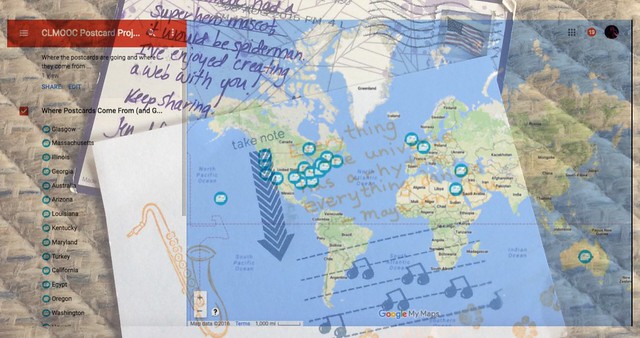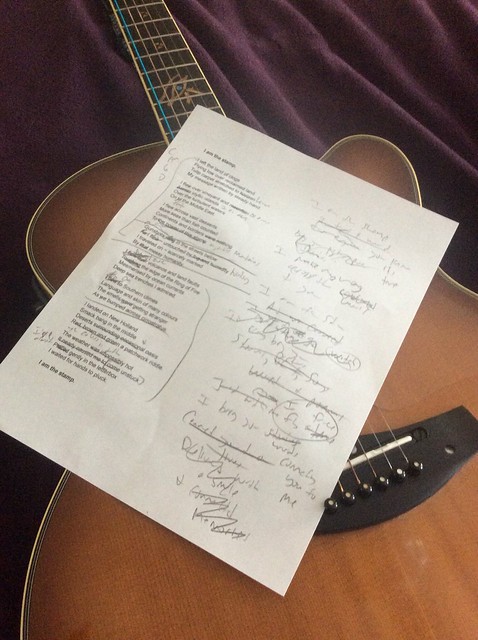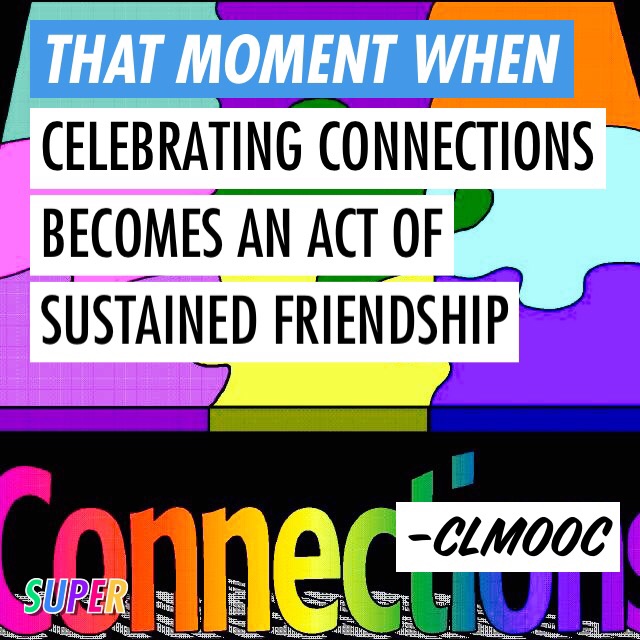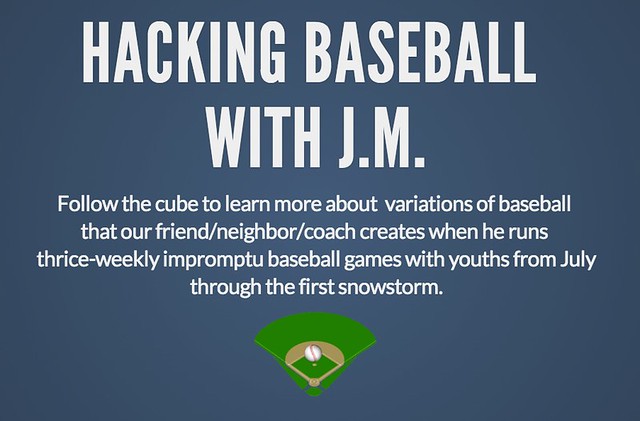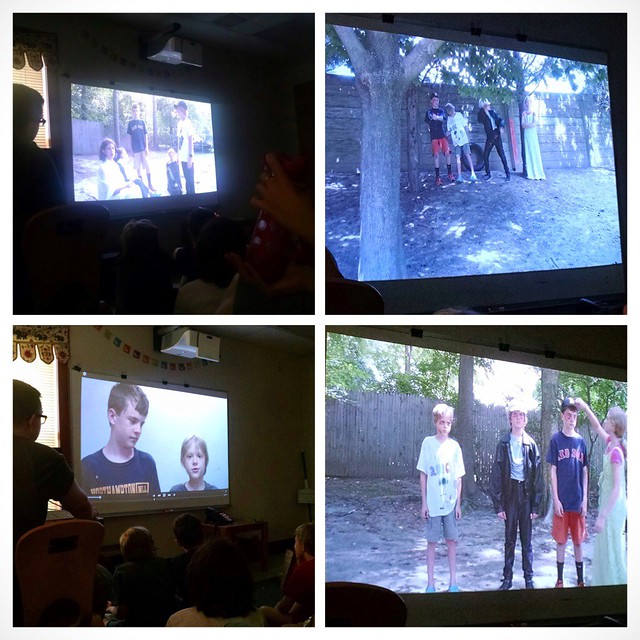 I am intrigued by ways in which social media and technology bridge the gaps between real space and virtual space. So, augmented reality apps are interesting (if still a bit complicated to use). Virtual reality ideas pique my interest. So when I saw someone share out about the app, Gum, I thought I would give it a shot.
I am intrigued by ways in which social media and technology bridge the gaps between real space and virtual space. So, augmented reality apps are interesting (if still a bit complicated to use). Virtual reality ideas pique my interest. So when I saw someone share out about the app, Gum, I thought I would give it a shot.
Gum is an app that uses the bar codes on products (such as food) as a means to leave comments and texts related to those products. So, for example, if I open up the Gum app and connect it to the bar code of my older son’s favorite food — Ramen Noodles, chicken-flavor — I can leave some thoughts about the noodles. Anyone who uses the Gum app and scans in the bar code of Ramen Noodles (chicken) will now see the comment I left there about alternative uses for Ramen noodles.
And they can leave their own comment, too.
(Try scanning the bar code here of my Ramen Noodle package)
I left a question on the other kid-fave food in our house — Annie’s Mac and Cheese (purple box). Maybe someone will answer it in the future, using the Gum app. I’ll get a message if someone does. (I hope someone does).
(Try scanning the bar code of my Annie’s Mac and Cheese box)
I had thought, initially, that I could maybe upload an image with my text (and even crafted a comic for the noodles), but I guess it is just text connections across social media space with real objects. I’m still interested, and wonder how a network like CLMOOC might tap and hack into this kind of app for some connected project. How might we riff together with a connection to physical space with Gum?
Peace (yum … gum),
Kevin
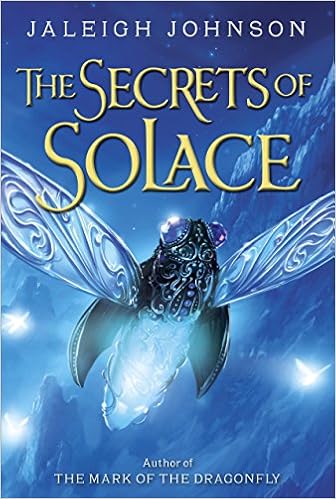
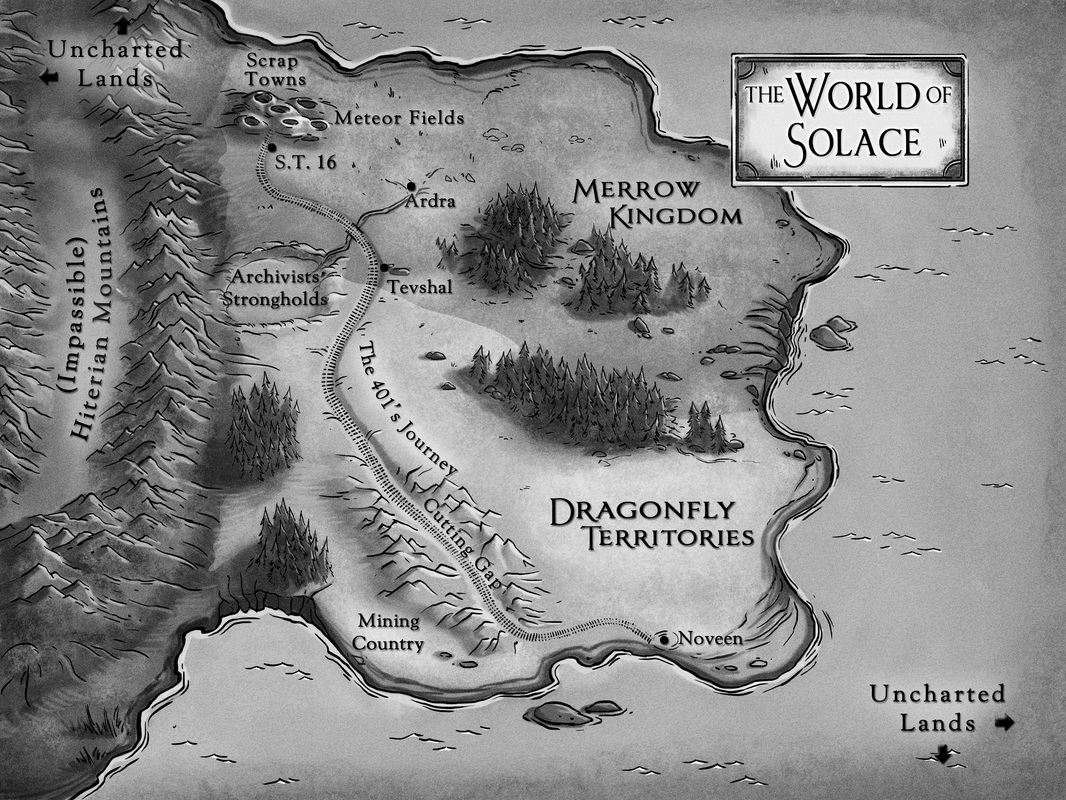 Johnson has not just woven a world out of imagination, she also pays keen attention to character development. Here, we have Lina, an archivist apprentice, who is hiding a secret from her people: the discovery of an airship buried deep in their mountain stronghold. Another character, Ozben, is a prince in hiding, and together, Lina and Ozben must solve the mystery of this ship in order to bring an end to the war that threatens to unravel the entire world.
Johnson has not just woven a world out of imagination, she also pays keen attention to character development. Here, we have Lina, an archivist apprentice, who is hiding a secret from her people: the discovery of an airship buried deep in their mountain stronghold. Another character, Ozben, is a prince in hiding, and together, Lina and Ozben must solve the mystery of this ship in order to bring an end to the war that threatens to unravel the entire world.